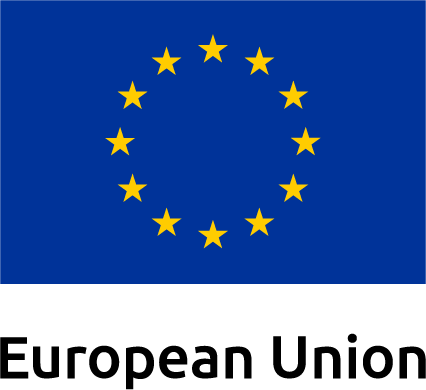Thanks to three large orders placed by customers from Berlin, Warsaw and Milan, Solaris has claimed the lead spot in Europe in terms of contracts for electric buses in 2019. The electric revolution in the bus segment coincides with the company’s long-term strategy which assumes investments in particular in the development of alternative drives.
In the first months of 2019, Solaris secured three large orders for the supply of electric buses to Berlin (BVG), Milan (ATM) and Warsaw (MZA). A total of up to 470 vehicles will roll off the assembly line in Bolechowo to these three metropolises alone. In addition, the producer has contracted 90 more electric buses that are to make its way to other European cities. The Polish manufacturer accounts for a total of 25% electric buses for which European carriers have called tenders in 2019. The firm has thus taken the lead in Europe in terms of contracts landed for electric buses.
The European fleet currently comprises approximately 3500 electric buses, while barely five years ago their total number equaled merely 240. This marks a nearly 15-fold increase! The European Union policy is certainly conducive to raising the need for zero-emission vehicles. At the end of 2018, the European Parliament set itself the goal to ensure that in 2025, 50% of all new city buses are electric, whereas in 2030 that share is supposed to climb to 75%. The rapid development of this sector serves as confirmation to Solaris that it was right in choosing this direction nearly a decade ago, and building its first electric bus.
Solaris offers operators interested in transitioning to zero-emission transport a fully bespoke electric bus. Depending on the climate, the route and transport load of a line, or even the topography, electric Urbino buses may require a different specification. Solaris offers various options with regard to vehicle length, equipment, battery type, as well as charging modes and the necessary infrastructure. Buses can be fitted with asynchronous central motors or two engines integrated into the electric axle. Two battery types are available to customers: Solaris High Energy and Solaris High Power. Moreover, in autumn the company will present a new generation of batteries – the Solaris High Energy Plus, with its maximum capacity nearly doubled. The energy storage facility in Solaris e-buses can be recharged in two ways: fast charging, taking a few up to a dozen or so minutes via a pantograph, or slow charging, via a regular plug-in. Interestingly, about 65% of the clients of Solaris-brand electric buses has decided on pantograph charging. This charging solution is promoted by the Polish producer. On the bus market however, proportions are divided slightly differently, with each mode claiming about half the number, though plug-in charged buses have a slight advantage.
For many years, Solaris has been at the forefront of bus producers heavily investing in the development of alternative drives. Barely a decade since its première in 2011, the Urbino electric buses keep carrying thousands of passengers every day, in 17 countries in Europe, whereas the odometer of electric kilometres has already exceeded 15 million km. Solaris wants to maintain its position of leader of electromobility, though not only in terms of the number of sold vehicles but, above all, in terms of their reliability and constantly improving operability. Every kilometre of valuable experience allows manufacturer to build ever better vehicles which, with the same efficiency as diesel buses and boasting an extraordinary performance, serve on bus routes of both large metropolises and small towns, be that in frosty Finland or in sweltering Barcelona.
Information Solaris
Additional information
Mateusz Figaszewski
Institutional Partnerships and External Relations Director
mateusz.figaszewski@solarisbus.com



















